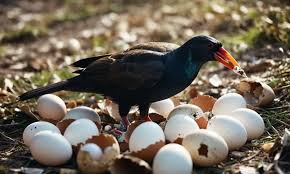Creating the Ideal Habitat for Birds: Ensuring the Best Start for Hatchlings
The first step in creating a suitable habitat is ensuring the right temperature. Chicks require warmth to regulate their body temperature, especially in the first few days of life. A brooder, which is a controlled environment for young birds, is typically used to provide this warmth. The brooder should be kept at a temperature of around 95 degrees Fahrenheit for the first week, gradually decreasing by 5 degrees each week as the chicks grow and develop feathers. Another crucial factor is food. Hatchlings need a specialized diet to support their rapid growth and development. The type of food will depend on the species of bird you are raising, but it should include essential nutrients such as protein, vitamins, and minerals. For poultry, starter feed is often recommended, while for exotic birds, you may need to provide a variety of grains, seeds, and insects. Ensuring that your chicks are fed the proper diet is key to their health and survival.

The first step in creating a suitable habitat is ensuring the right temperature. Chicks require warmth to regulate their body temperature, especially in the first few days of life. A brooder, which is a controlled environment for young birds, is typically used to provide this warmth. The brooder should be kept at a temperature of around 95 degrees Fahrenheit for the first week, gradually decreasing by 5 degrees each week as the chicks grow and develop feathers. Another crucial factor is food. Hatchlings need a specialized diet to support their rapid growth and development. The type of food will depend on the species of bird you are raising, but it should include essential nutrients such as protein, vitamins, and minerals. For poultry, starter feed is often recommended, while for exotic birds, you may need to provide a variety of grains, seeds, and insects. Ensuring that your chicks are fed the proper diet is key to their health and survival.
Leave a Comment
Comments
No comments yet.